Hello, again :) Ah, it feels good to be back in the van. I can’t believe this is our 6th reflection, and 7th national park!
As always, thanks for reading!
🍃 Hiking at Hurricane Ridge
After a long drive from the SeaTac Airport, we finally found ourselves on the north side of Olympic National Park. This is one of the parks I’ve been most excited to visit. At nearly a million acres, Olympic hosts a wide variety of environments and natural wonders.

We made our first stop at Hurricane Ridge to hike to Hurricane Hill. The name “Hurricane” didn’t fully register until strong gusts nearly toppled me over. Just looking at the serene landscape and distant imposing peaks, I would have never expected it.
The entire hike was paved and would have been perfect for a trail run had I been feeling more ambitious. It seems our nonstop adventures in Hawaii and the red-eye flight home wore me out.
After the hike, we cozied up in the van to work and rest as the winds rocked the van. Close your eyes and imagine driving a high-profile vehicle on an interstate at 80 MPH, wind suddenly pushing you out of your lane. That’s what the wind felt like, except we were standing still. 🤪 Even so, the wind that felt so powerful to me is but a whisper in the vast wilderness of Olympic National Park.
We spent the rest of the day taking it slow and enjoying the nearby Lake Crescent, just north of the ridge. Picture falling leaves and steaming tea, fuzzy sock-covered feet tucked up into the passenger seat—that's the essence of fall.
Brian reminisced about his visit to Washington and the Olympic Peninsula with his friend, Adam, in 2022. It was then that Brian first fell in love with van life—the start of our adventures.
🌧️ Among giants at the Hoh Rainforest
If you’ve seen a picture of Olympic Park, it was likely of the popular Hoh Rainforest on the park’s west side.
The average annual rainfall here outpaces Seattle, London, Miami, Mumbai, and many other cities you might think of as “rainy,” fueling its dense growth. Still, the forest floor isn’t as dense as a tropical rainforest—a resident Roosevelt elk herd keeps overgrowth at bay with their grazing and trails.
We lucked out with a drier day to walk among the giants and lush underbrush. Many of the trees on the Hall of Mosses trail—namely Sitka Spruce and Western Hemlock—are hundreds of years old and over 200 feet tall. When one of these giants reaches the end of its lifespan and crashes to the forest floor, it becomes a nutrient-dense “nurse-log” for saplings. Trees that grow on the same nurse log eventually turn into a colonnade when the log decomposes.
The entire forest feels like it jumped out of a fantastical storybook or a Star Wars movie. Now that we’re inching ever-closer to the Redwoods of Endor, I half-expect to see Ewoks around every corner. (We actually saw the aftermath of a Star Wars-themed wedding while we were hiking!)
Brian has a bit to say about the trees:
It’s hard to appreciate a large tree amongst other large trees, but the matter of the fact is that nothing like these grow in urban areas. What we think of as trees in our cities are dwarfed by these trees we saw in the rainforest. Imagine a 300-foot Sitka Spruce towering over a house—it gives me sci-fi vibes.
Immense size requires immense age. My mind was captivated thinking about how the largest trees sat there and grew throughout the greatest historical events of the founding of our country! You’d think the roots run deep. Ironically, these trees have very shallow roots that spread horizontally for stability. They don’t need a deep taproot because there’s enough water at ground level for these giants to survive!
At this point in our trip, our van hadn't seen the sun in a while. Oof, our power supply showed it. We'd thought we'd return from Hawaii to a fully-charged battery, but we were sorely mistaken. Up in the cloudy PNW, we're forced to be thrifty with power. Want coffee? Too bad—that costs 3% of our total battery to heat the water. How about some warm water to wash the dishes? Absolutely not. We're saving that 5% for warming up dinner.
Here’s to hoping the skies and our power troubles will clear up when we head to the Southwest. 🤞
🪨 Misty reveries at Ruby Beach
Our last stop in Olympic was to the famed Ruby Beach. Although we didn’t know it at the time, the beach gets its name from the ruby-like garnet crystals in the sand—almandite.
Even on the dreary fall day, the beach was dotted with explorers in their brightly colored rain jackets. Picking our way over the piles of dead trees, we found ourselves at the edge of the raging Pacific Ocean.
To Brian, it reeked. To me, the salty, rotting air transported me back in time, almost two decades. It smelled of early morning beach walks with my dad in Neskowin Beach, Oregon, when we’d get up just before sunrise—hands clasped behind our backs, eyes trained on the ground. If you were lucky, you might spot a whole shell before it was swept away by the tide or the gulls. We did the same in Florida on our family reunions, gathering up collections of sand dollars, lettered olives, whorled whelks, and spotted cockles and scallops. Back then, they were just “that pointy beige kind with the glassy finish” or “the flat orange one with the feet.”
This September morning, the wavy white curtains of the ocean only revealed smooth pebbles to my prying, greedy eyes. No shells for me today. No exclamations of “Look, Dad! Look what I found!”
A 20-minute visit to the beach in the late morning doesn’t lend itself to that type of treasure—it’s too rushed, too impatient.

With wide smiles and rosy noses, we headed back up to the van for a quick bite of chicken salad. Oh also—Ruby Beach has officially earned the title of the most disgusting pit toilets I’ve ever encountered. It’s probably the combination of the constant churn of tourists and the wet air. Phew!
⭐️ Putting Washington’s best foot forward at the Capitol
Our drive from Ruby Beach to Olympia took us on winding roads through thick fall foliage. In Olympia, we stopped to take in the grand buildings of the Capitol.
We marveled at the intricate architecture and beautiful gardens: both rambling with native plants and blackberries, and neatly groomed with orderly hedges.

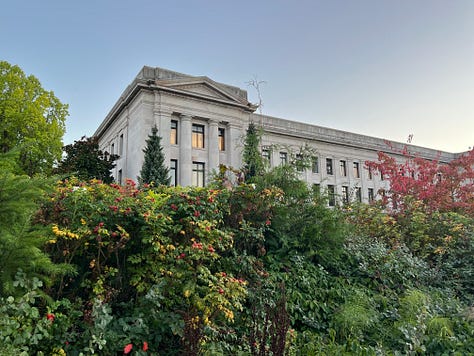

If you read our last post on Washington, you’ll know that we’ve been disheartened by the poverty in the rural parts of the state. Seeing the extravagance of the state’s government buildings were a distinct contrast, in a way that felt strangely Hunger Games-esque. I wonder if the people who work here are in tune with the needs of the small towns. I sure hope so.
From here, we’re headed off on another distant adventure! Keep your eyes out for our second postcard! 👀
🍽️ What we’re consuming
Peak season Honeycrisp apples. I swear to you, the apples we picked up from Whole Foods while in Washington this fall have been the best apples I’ve tasted in my life. They were perfectly crunchy, juicy, sweet, and tangy. I am ruined for anything else. Please don’t offer me a mealy Gala apple ever again. (kidding, I’d never turn down fresh fruit) On that note, you might check out this comedian’s hilarious website dedicated to grading apple varieties.
A Discovery of Witches. I am completely absorbed by this Netflix drama series, an adaptation of Deborah Harkness’ All Souls Trilogy. The forbidden vampire-witch love story is a guilty pleasure at best. Since I never had my Twilight era, I’m not judging myself too harshly.
The Pull of the Stars by Emma Donoghue. I just finished this historical fiction novel set in Ireland during the 1918 influenza pandemic, one of the staff picks at the Orca Bookstore in Olympia, Washington. I’ve been in a massive reading slump since the thick of wedding planning—this is the first book I’ve finished in months and I tore through it. It follows a nurse while she ushers in life and bargains with death in an influenza-ridden maternity ward. The prose feels urgent, the narrative a balance of life and death. I enjoyed the first half of the book more than the last, which strayed a bit from the premise. Even so, I’d recommend it for other historical fiction lovers.
Smart wallets. Brian caught up on the latest advancements in the next generation of crypto wallets, powered by passkeys (invisible passwords that are stored across your devices). These “smart wallets” are a significant step forward for the user experience of digitally native financial apps, allowing people safely load their digital assets on their phone or computer in a manner that shares the seamlessness of something like Apple Pay or Face ID.
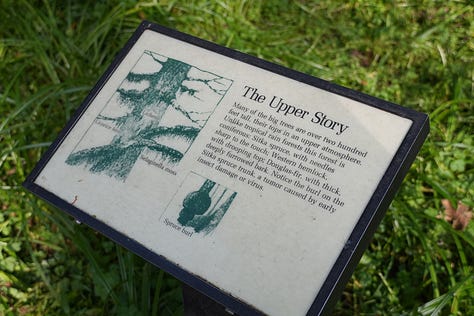
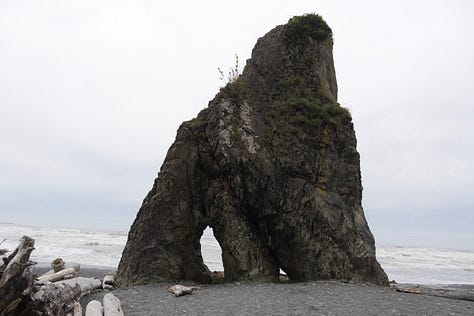

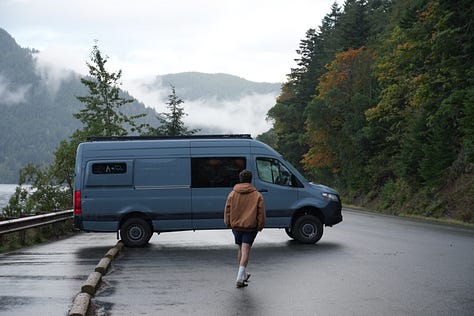
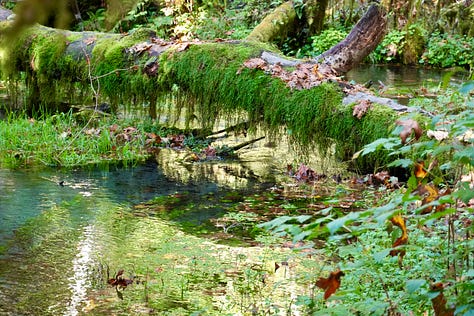


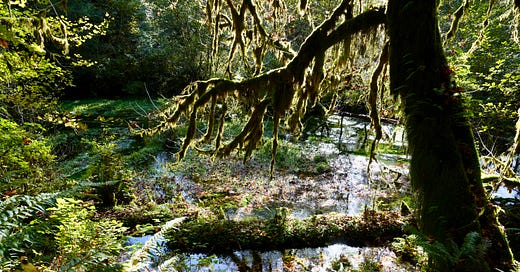



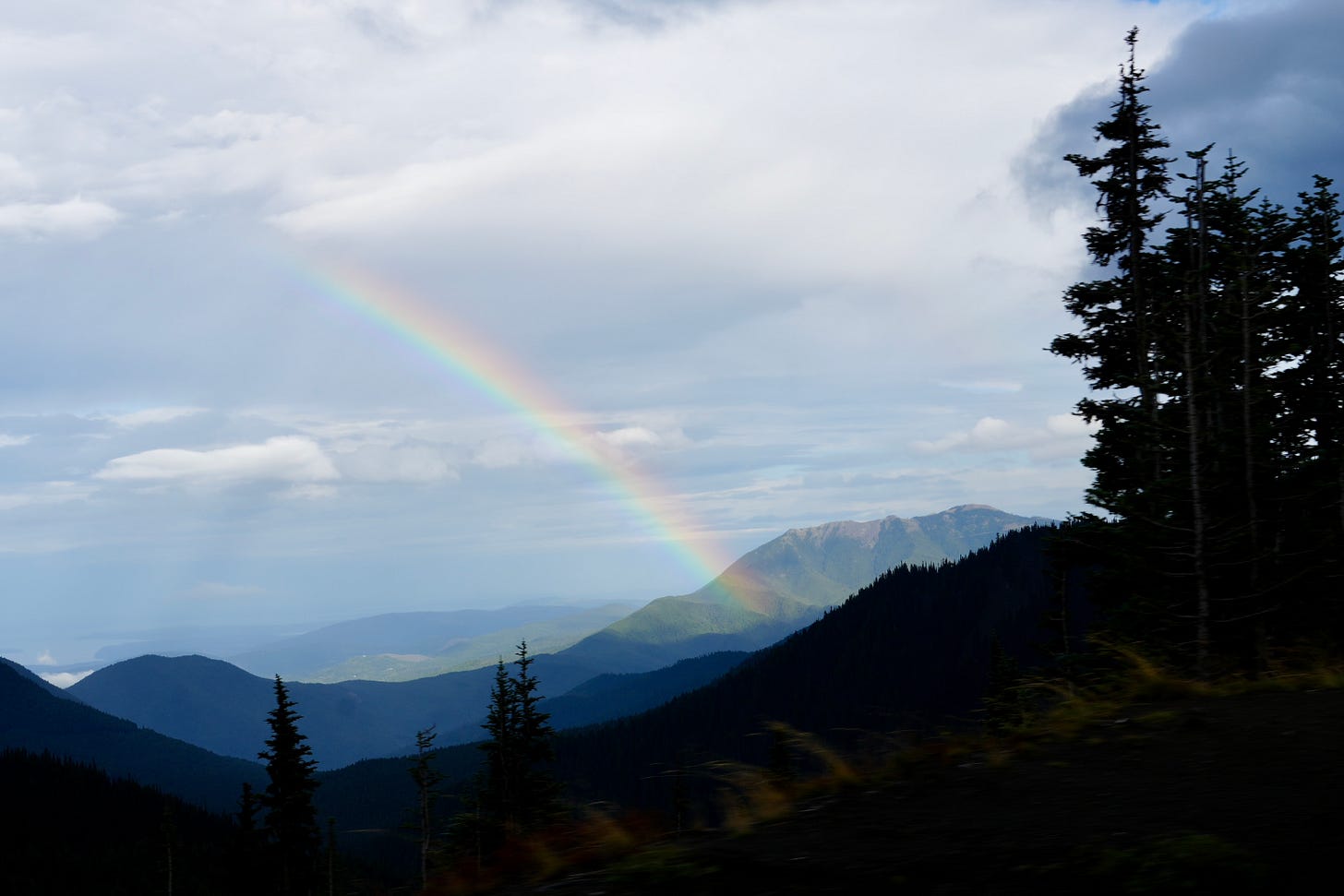





I love reading about your adventures!